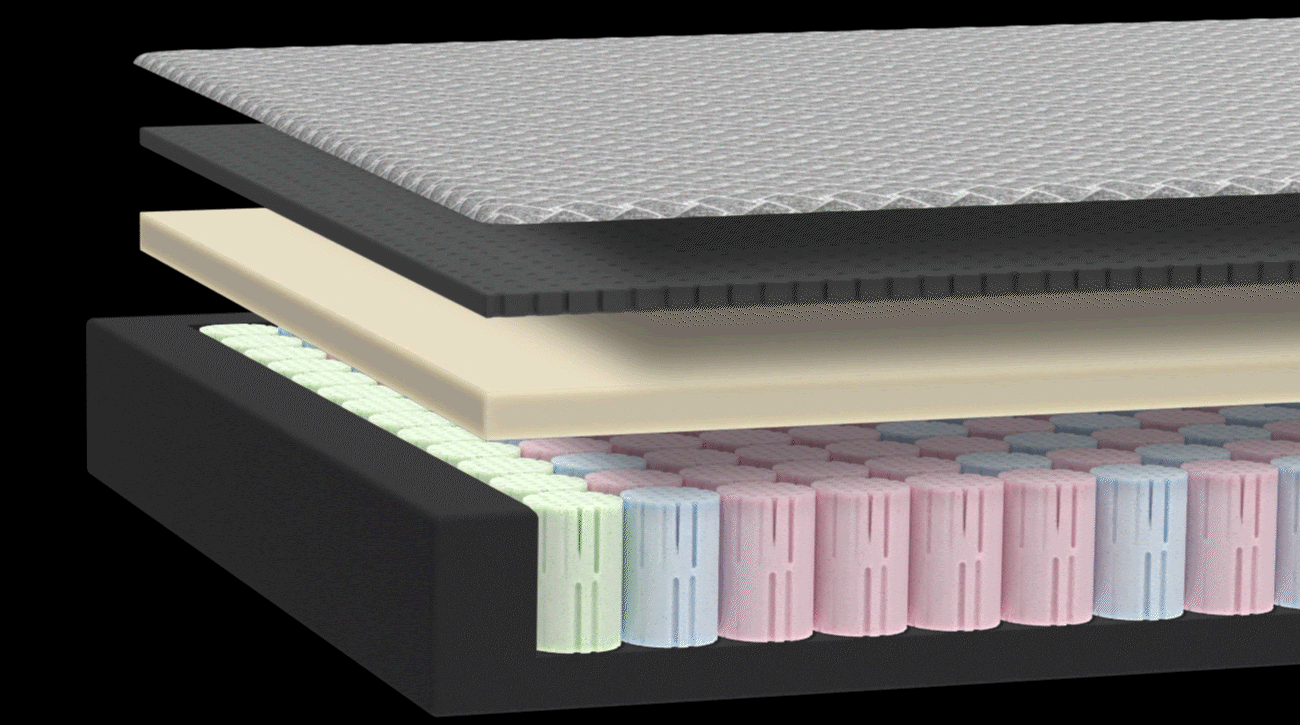Hot Sleep: What We Can Learn About Sleeping in Hot Temps from People Who Don't Have Thermostats
Ah, summer. Long days, warm nights, and—if you’re like most of us—sweaty, restless sleep. As the mercury climbs, even the most luxurious mattress and adjustable base can’t work miracles against the heat. And while cranking the AC is a tempting fix, it’s not always possible, economical, or environmentally friendly. So how do people around the world sleep soundly in hot climates without the magic of central air?
Let’s take a closer look at what science says about sleep and heat, and what traditional, time-tested strategies can teach us about catching quality Zzzs when it’s sweltering.
The Science of Sleep and Temperature
Our bodies are wired to cool down in preparation for sleep. In fact, the ideal sleep environment is between 62 and 68 degrees Fahrenheit (17-20°C). This range helps the body regulate its core temperature, allowing for deeper, more restorative sleep.
When it’s hotter than that, our sleep quality takes a hit. According to a 2017 study published in Science Advances, higher nighttime temperatures were correlated with poorer sleep quality across the United States, with the effect being most pronounced in summer months and among lower-income and elderly populations.
Another study from the Sleep Research Society found that hotter temperatures decrease the amount of slow-wave and REM sleep—the phases critical for memory consolidation, immune function, and mood regulation.
Hot Nights, Big Consequences
Poor sleep isn’t just about feeling groggy the next morning. It has ripple effects across nearly every aspect of life. Inadequate sleep has been linked to:
- Increased car accidents: The AAA Foundation for Traffic Safety found that drivers who sleep fewer than 6 hours a night are twice as likely to be involved in a crash.
- Higher aggression and violence: A 2019 study in The Lancet suggested that sleep loss, especially during hot weather, contributes to elevated rates of interpersonal conflict and violent crime.
- Lower productivity: The RAND Corporation estimates that sleep deprivation costs the U.S. economy up to $411 billion annually in lost productivity.
Clearly, the stakes are high when it comes to staying cool enough to sleep.

Staying Cool Without AC: What We Can Learn from Hot-Climate Cultures
People have been dealing with hot nights for millennia—long before the thermostat was a thing. Here are a few time-tested techniques from cultures where air conditioning isn’t common:
1. The Siesta Schedule
In Mediterranean and Latin American cultures, midday naps are a cultural norm. The logic is simple: it’s hard to sleep deeply at night when it’s hot, so people catch up on rest during the cooler part of the day.
Try it: Consider a brief 20-30 minute nap in the afternoon if your nighttime sleep is disrupted. But keep it short to avoid messing with your body’s sleep drive.
2. Light Bedding and Breathable Fabrics
In India, Egypt, and parts of Southeast Asia, people commonly use lightweight cotton sheets and sleep on thinner mattresses or mats that promote airflow.
Try it: Swap out thick duvets for light, breathable layers. Linen, bamboo, and organic cotton are all stellar choices. Reverie DreamCell Mattresses are made with natural latex, which is breathable, hypoallergenic and naturally facilitates airflow.
3. The "Egyptian Method"
This ancient cooling trick involves soaking a sheet or towel in cool water, wringing it out, and using it as a light blanket. Some even hang wet sheets in the window to cool incoming air.
Try it: Drape a damp (not dripping) towel over your body or set up a DIY swamp cooler with a fan and ice water.
4. Sleep Low or Outdoors
In Japan, Vietnam, and parts of the Middle East, people often sleep on futons or mats close to the ground, where it's cooler. In rural areas, sleeping outside under mosquito nets is still common.
Try it: Lower your sleep setup or move it closer to the floor. If it’s safe and feasible, consider sleeping on a screened-in porch or near an open window. (Or take a weekend camping trip!)
5. Strategic Ventilation
In tropical regions like the Caribbean or parts of Africa, homes are often designed for airflow, with high ceilings and cross-ventilation to let hot air escape and cooler breezes flow.
Try it: Open windows on opposite sides of the room to create a cross-breeze, or use a fan to circulate air strategically.
Bonus Tips for the Modern Sleeper
- Cool your core: Take a lukewarm shower before bed. It helps draw heat away from your body core.
- Hydrate smartly: Stay hydrated throughout the day, but avoid chugging ice water right before bed to prevent night-time bathroom trips.
- Freeze your bedding: Pop your pillowcase or sheets in the freezer for 10-15 minutes before bed. It’s a short-lived but blissful trick.
Thoughts to Sleep On
Sleeping well in the summer heat doesn’t have to mean cranking the AC and racking up the electric bill. With a little inspiration from around the world—and some smart modern tweaks—you can keep your cool and get the rest you deserve.
Of course, having a high-end adjustable base and breathable, temperature-regulating mattress doesn’t hurt either . Because even if we can’t control the weather, we can always optimize the way we sleep through it.
.png)
Reverie is a proud supporter of Pajama Program. For over two decades, the nonprofit has has been helping kids discover and experience the superpower of sleep through evidence-based sleep education and sleep essentials like pajamas, teddy bears and books.